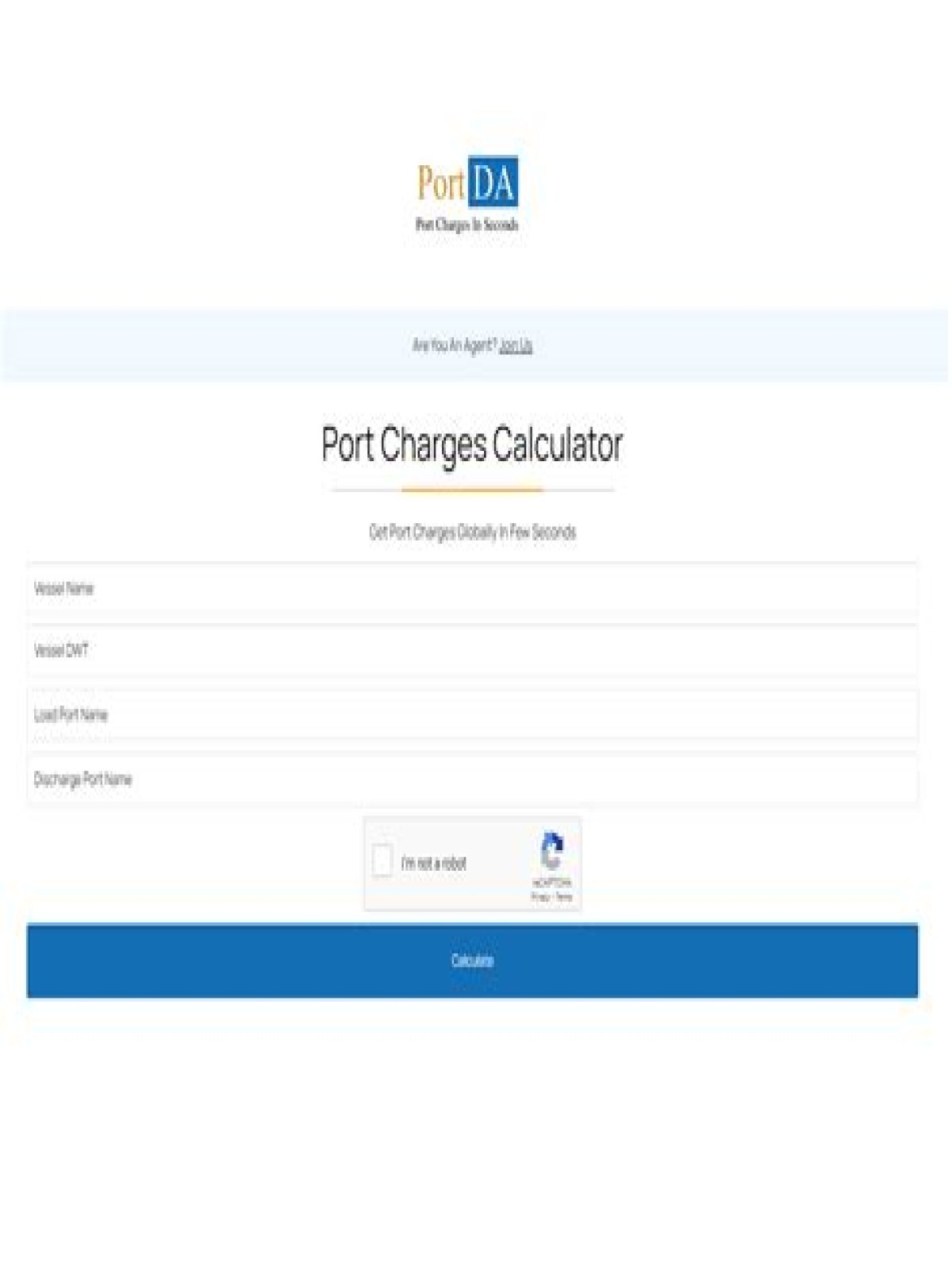Port Dues : This is a charge levied by the port to all ships entering the port till the time it leaves the port.. This is generally calculated on the gross registered tonnage of the ship as per the tonnage certificate issued for that ship..
What are the objectives of port pricing?
(a) To promote the most efficient use of the facilities: A principal objective of port pricing is to ensure that port facilities are used in the most efficient manner. The pricing system can influence the utilization of assets particularly when the demand for the services is price elastic.
What does port mean in shipping terms?
A port is a maritime facility comprising one or more wharves or loading areas, where ships load and discharge cargo and passengers. Although usually situated on a sea coast or estuary, ports can also be found far inland, such as Hamburg, Manchester and Duluth; these access the sea via rivers or canals.
Who is liable for port charges?
Only the owner of the goods or person entitled to the goods is liable to pay storage or demurrage charges to the port trusts and not the ships or its agents known as steamer agents, the Supreme Court has ruled in a judgment that settles a long-standing conflict within the shipping industry over the matter.
What does port Price mean?
The basic principle is that port users pay a price or tariff for the services offered to them and the facilities they use.
What is a port service charge?
Also referred to as port dues, cargo dues, or cargo charges, these are the service fees imposed by the various port authorities at each destination. They cover the infrastructure, operations and the upkeep of buildings and equipment within the harbour precinct.
How do ports generate revenue?
Major ports earn significant revenue through foreign exchange as a result of high trade volumes. Vessel servicing fees include “pilotage, tugs, stevedoring, water and sundry supplies.” Vessel facilities fees include port dues, navigation costs, and mooring charges.
How does a ship port work?
In the port, the container weights are measured and the entries are made according to that. The container is stacked in the port in such a manner that they can be taken out easily as per the schedule of their assigned vessel. Now the container is ready to be loaded on the ship. On Ships.
How is detention calculated?
Per diem detention fees are typically calculated based on when the containers leave the port, terminal or depot through the time they are returned there. They range from $50-$100 per container per day on average until equipment is returned. Driver detention fees vary based on the company, equipment, and geography.
What is port storage charge?
Port storage charges are levied by the port for containers that have not been moved out of the port within a specified free-time. Port storage charges are collected for both full or empty containers within the port.
What do Incoterms define?
Incoterms, a widely-used terms of sale, are a set of 11 internationally recognized rules which define the responsibilities of sellers and buyers. Incoterms specifies who is responsible for paying for and managing the shipment, insurance, documentation, customs clearance, and other logistical activities.
